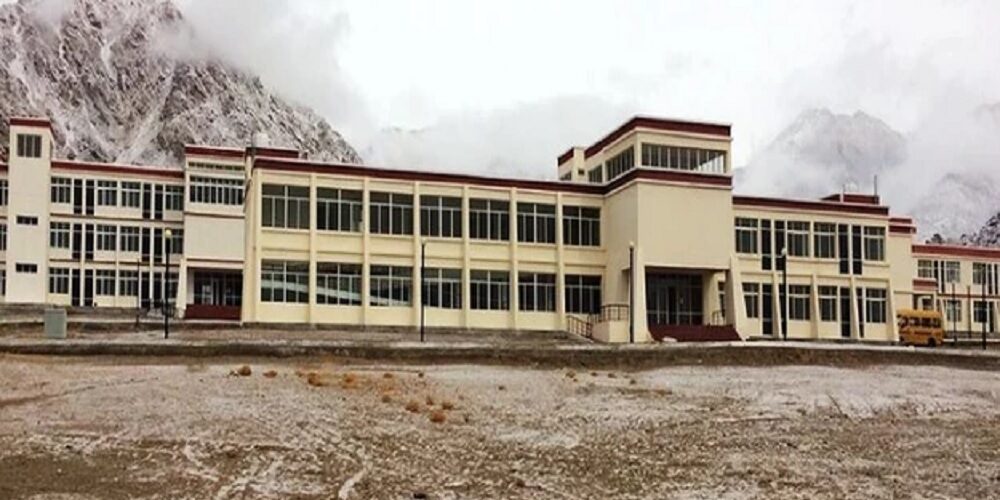India has long been a notable contender in higher education, with several prestigious institutions making their mark globally. However, the recent Center for World University Rankings (CWUR) report paints a complex picture: while a substantial number of Indian universities (65) made it into the top 2000 globally, a concerning trend of declining competitiveness is emerging.
Key Findings: According to the latest edition of CWUR’s Global 2000 list, 65 Indian universities and institutes have secured positions among the top 2000 globally. Leading the pack is the esteemed Indian Institute of Management Ahmedabad (IIM-A), standing at 410th place. This is a modest improvement, but the prestigious Indian Institute of Science (IISc) and Indian Institute of Technology Bombay (IIT-Bombay) following closely behind at 501 and 568 respectively, highlight a larger issue.
The CWUR rankings analyze over 62 million data points across four crucial aspects of a university: quality of education, graduate employability, faculty strength, and research output. This multifaceted approach reveals a story of both progress and stagnation for India.
Noteworthy Changes:
On the bright side, 32 Indian institutions climbed the rankings this year, showcasing advancements. This positive movement indicates a commitment to improvement in some quarters. However, the decline of a concerning 33 institutions, including established names like IISc, IIT-Bombay, IIT-Madras, and Delhi University, casts a shadow over this progress. This fluctuation underscores the dynamic nature of the global higher education arena. Among the top 10 Indian institutes, seven witnessed a dip in their standings, indicating a need for introspection and strategic recalibration.
Yet, there are pockets of excellence. The Indian Institute of Technology Kharagpur and the Academy of Scientific & Innovative Research (ASIchR) defied the trend and registered significant improvements in their rankings. These success stories offer valuable insights and inspiration for others.
Experts warn that the decline for some institutions could be a harbinger of things to come for Indian higher education. Nadim Mahassen, President of CWUR, emphasizes, “India’s educational landscape is facing mounting pressure from other countries aggressively developing their own higher education systems.”
India’s experience is not isolated; countries worldwide are grappling with similar challenges. The United States, despite its dominance, faces stiff competition from emerging educational powerhouses. Similarly, the United Kingdom, Germany, and other nations navigate the complexities of maintaining their educational prowess amidst evolving global dynamics.
Meanwhile, China is experiencing a remarkable ascent. Through substantial investments in research and development, coupled with strategic programs to attract top global researchers, Chinese universities are now formidable competitors. Tsinghua University, China’s top institution, sits comfortably at number 43 globally, a testament to this rise.
The world’s top ten universities remain largely dominated by the US. Harvard retains its undisputed reign for the thirteenth year in a row, followed by MIT and Stanford. The UK’s Cambridge and Oxford hold the distinction of being the world’s top public universities, ranking fourth and fifth respectively.
The message for Indian higher education system is clear: a multi-pronged approach is needed. Increased investment in both education and research is critical to prevent a further decline in global rankings. Strategic planning, a focus on quality across all aspects of university life, and fostering a culture of innovation are all essential ingredients for success.


